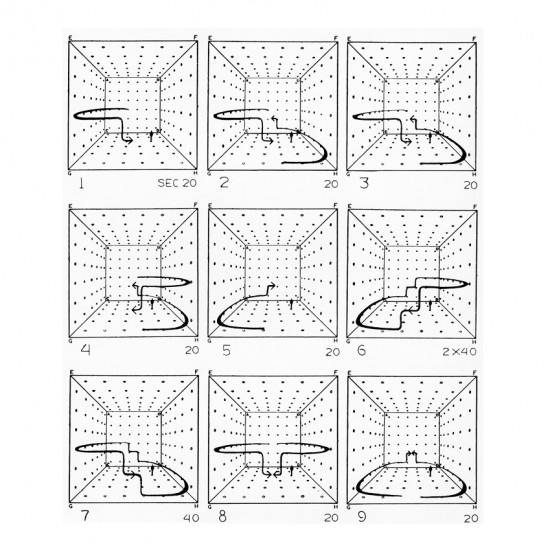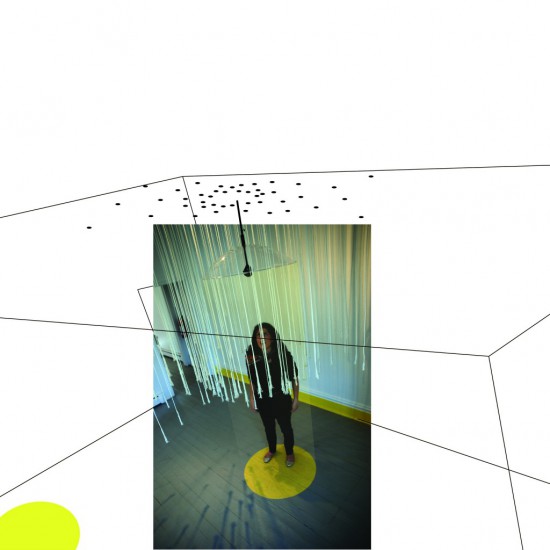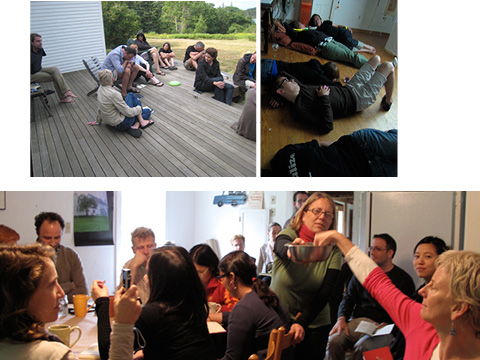Inspiration
The most mundane experiences can be the most profound: I was about to enter a grocery store like I did every other time. The first set of double doors opened with the second set offset a moment, anticipating my approach. I stepped towards the final threshold to leave the vestibule and enter the store when my passage was interrupted by air—fast moving air. Nothing solid; nothing seen; just a wall of air forming a boundary. I had never felt it as a wall before, but it was! It could have been brick and done the same thing—but now I could move through it.
As an architect working with space and visible material, and also as a musician working with time and invisible material, the meaning behind the experience at the grocery was telling. What if architecture’s solidity could be made more invisible? What kind of material could we access? What kind of new sensory experiences could we access? These are the questions I’d like to pose and begin to answer for Design Inquiry.
Theory
The mass of a brick bearing wall hitting the ground; the structure of a soaring steel canopy aimed at the horizon; the plane of a vastly sprawling concrete plinth covering the earth. These three parts form a familiar hierarchy in architecture. Buildings and their subdivided components have often been designed to be solid | heavy | insular | weighted | bound | static | defined
Architects have standardized the convention of producing representations of walls, canopies, and plinths for their buildings; these are defined by physical boundaries creating conditions on two sides. The geometries and shapes that express those boundaries result from the designer exercising material control with wood | metal | glass | concrete | masonry | earth | thatch
I am critical of traditional hierarchies and physical boundaries in architecture. It forces an overreliance on the eyes to see something solid. I propose an unfamiliar stock of constructive material that can better open access to sensory experiences beyond the visual. These materials are somewhat absurd, less precise, and not easily seen like sound | air | aroma | humidity | light | shadow | energy
Imagine unseen boundaries in architecture. These are walls of moving air; corridors formed by moving sound; paths defined by scent and light. What power does the boundary in architecture have when it can no longer be seen? What access is opened up when sight in architecture is ancillary? Architecture can be light | invisible | ethereal | tenuous | ambiguous | energetic | temporary
Images




